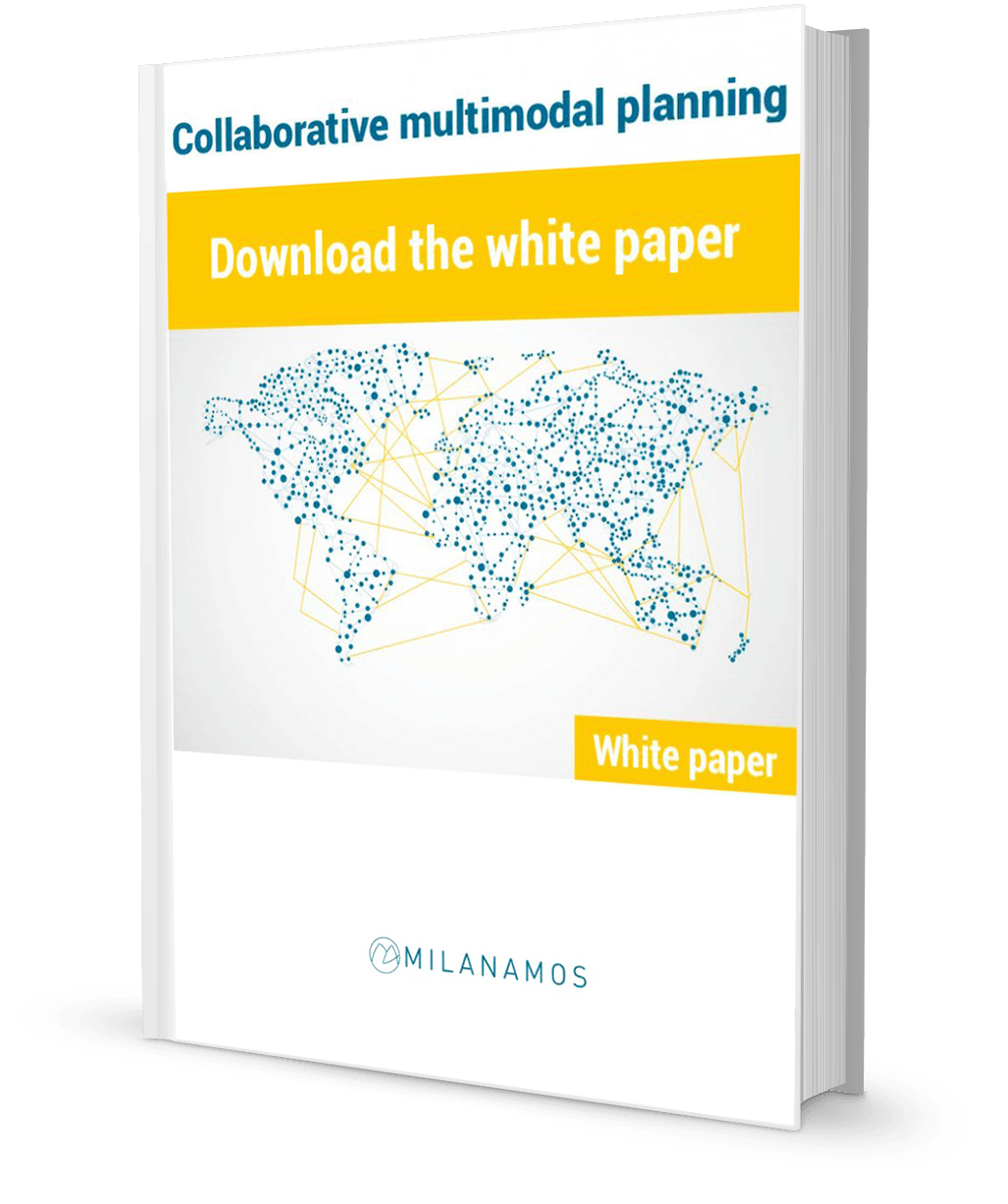Digital disruption succeeds because it finds and exploits weaknesses in the ‘old way’ of doing things, and/or makes an existing process more streamlined. And digital disruption is something that can happen to even the most established of organizations (or cities).
The oft-cited example for being on the receiving end of disruptive forces is Kodak. In the 1970s it was one of the world’s top five brands. But it ‘fumbled the future’ and got overtaken by digital imaging. In 2012 the company filed for bankruptcy.
Ironically, one of the companies that contributed to the demise of Kodak would have been the world’s #1 phone maker in the 80s and 90s: Nokia. The digital cameras they were putting in phones helped take consumers away from film technology. But then along came iPhone, and the Nokia brand (for phones at least) started its own steady slide into the grave.
Fast forward to today and one of the latest and, with a recent valuation of $42 billion, best resourced disruptors on the market is Uber. To stay with the technology thread above, Uber’s smartphone app and related service is simply exploiting the fact that many cities have failed to give citizens the kind of transport network they want and need.
Uber and multimodal transport. We’re all for disruptive technology.
At this point let’s be clear: at Milanamos we’re not against Uber. As a big data specialist for the transport industry, we like how Uber stress test existing transport infrastructures to highlight weaknesses. You could argue that the more successful Uber is in a city, the more broken the city’s transport network must have been.
And as consumers we like how Uber provide an innovative way to get people from A to B, and how they’re the cutting prices of monopolistic taxi cartels. And of course Uber are a rich source of big data, which is near to our heart, but more about Uber’s big data in a separate article.
The only concern we have is as citizens of the world. To take the concept of Uberism ad absurdum, cities would become more congested and more polluted if private cabs were to take over the transport infrastructure. One bus can take 50 cars off the road, and one subway train can remove hundreds of cars … but only if the city and transport operators have collaborated to create a transport network that people want and like.
We think the big word in the previous paragraph is ‘collaboration’. Because when transport stakeholders and, yes, transport competitors collaborate … everybody can achieve their goals. Cities become better places to live, and transport operators get the maximum value out of their assets.
Using big data to create efficient multimodal networks.
At Milanamos we’ve developed something called the ‘Planet Optim’ toolkit, and one of its features is to securely merge big data from companies who compete. The concept is that the players can continue to compete in some areas, but share business intelligence for mutual benefit in others. For example, we work with AFRAA – the African Airlines Association – to help Africa’s diverse national and regional airlines to join forces in an effort to develop services that will compete with major Middle East and European airlines. By providing joined up services, AFRAA members can attract business away from their better funded, foreign competitors.
In the case of cities who want to improve their public transportation infrastructure, we can work with air, train, bus and ferry companies – basically any organization that is in the business of getting people from A to B – to develop the big data insights that can imagineer and launch new services. So city planners will understand where the gaps are, before Uber (or one of their competitors) finds out for you.
In summary, our message to city planners is this: unless you want Uber to fill the vacuum, now is the time to start working with your partners and value chain to implement a smarter multimodal transport network.
Get in touch. Find out more.
Related Big Data and Multimodal articles that might interest you:
Forbes Magazine. Uber Leverages Big Data Advantage.
http://www.forbes.com/sites/ronhirson/2015/03/23/uber-the-big-data-company/
Forbes. Uber Valuation Around $40 Billion.
http://www.forbes.com/sites/ryanmac/2014/12/04/uber-files-for-1-8-billion-round-and-could-be-worth-40-billion/
VentureBeat. Uber Leverages Big Data For Better Cities.
http://venturebeat.com/2015/01/13/uber-wants-to-use-its-data-to-help-build-better-cities/
Fumbling The Future. Lessons from Kodak’s Demise.
http://www.theguardian.com/technology/2012/jan/22/john-naughton-kodak-lessons














1 Comment